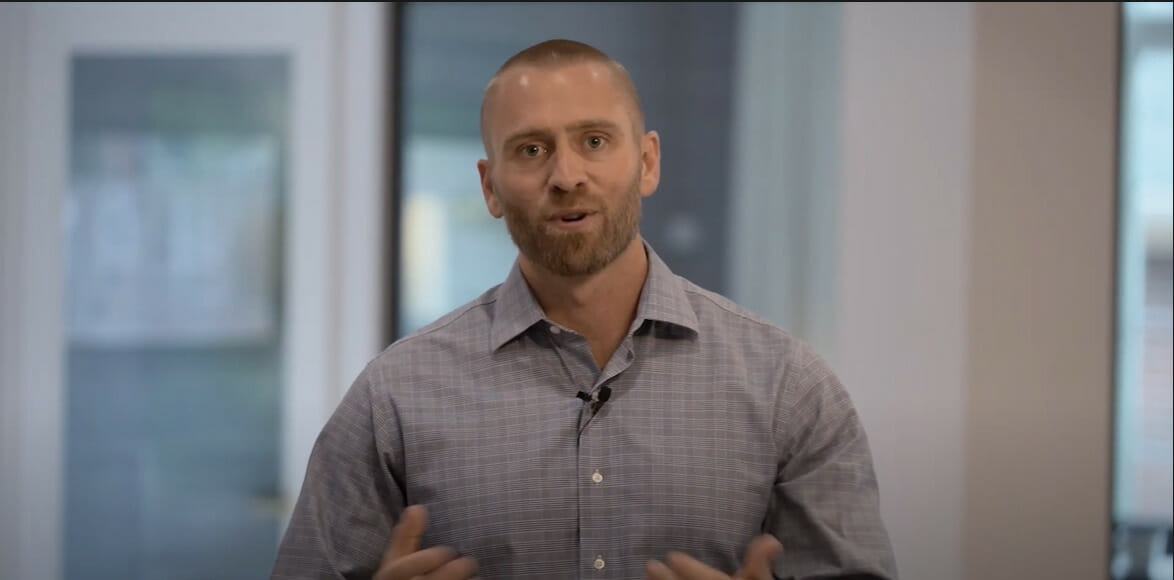August 18, 2022
What should you do in this current market if you’re in your 20s and 30s?
Justin Pitcock, Certified Financial Planner (CFP) and wealth advisor at Goodwin Investment Advisory, is 33 years old and he addresses the question, “What should someone in their 20s and 30s do when we see market volatility?” So far this year we have seen the market go down about 20% and it’s scary, but we can’t let fear drive our investing decisions. Typically, when people are fearful and the market drops, that’s a sign that we shouldn’t overreact and instead take it as an opportunity to accumulate wealth. This means you would want to buy when the market is low and sell when the market is higher in retirement.
In thinking about planning ahead for retirement, you might be wondering what your options are and how you should navigate planning in a volatile market.
One way to think about it is the principle of dollar cost averaging, which is a great way to lower risk. This is a great technique to lower your risk if you’re participating in a 401(k) plan or a 403B–if you’re participating in your employer’s retirement plan, you are doing this already by contributing to your account monthly or bi-monthly! Dollar-cost averaging allows your same dollar amount to buy more shares when the market is low so you are getting more shares every time you contribute to your retirement plan. This also means you are buying fewer shares when the market is doing well, but in the end, this averages out and can benefit you in the long run. Dollar-cost averaging is so effective over time that when it averages out you get a lower cost in your investments.
Another option would be a Roth IRA. If you’re below the income phaseouts, a Roth IRA is a great option as it offers tax-free growth and you can dollar-cost average into that overtime as well. For example in 2022, if you are under the age of 50, you can contribute up to $6,000 in your Roth IRA per year–automating that so that each month you’re investing $500. This again uses dollar-cost averaging and reduces your risk. A great example of this is from the year 2000 to the end of 2009, if you invested $10,000 at the beginning of the year 2000 throughout the end of 2009 you would’ve averaged a loss of about $983 investing in the S&P 500. We were near the top of a peak in 2000 and we were near the bottom of a financial crisis at the end of 2009 and it was pretty much the worst time you could’ve cherry-picked your investments. You would have had a negative return, but if you would have used dollar-cost averaging by contributing monthly during that time you would’ve earned about $484. Instead of contributing $10,000 in the beginning, it would have been better for you to have put in $1,000 once a year, over those 10 years. This is why you want to dollar-cost average to mitigate risk and increase returns.
If you’re in your 20s and 30s now, you’re probably going to get about 10 more opportunities like this to buy when markets are low. This type of event happens about every five years, give or take a few years. If you do the math, you probably have about 10 of these opportunities between now and retirement to buy as much as you can when the market is low and it goes on sale. According to Justin, “Currently the market could go lower, but it could’ve already bottomed this year; we’re seeing some signs now that it may have bottomed back in June, so if you have any questions, feel free to give us a call–we would love to help you.”
Disclosure:
Goodwin Investment Advisory and its employees are not affiliated to Greenlight in any way, and do not receive any compensation from them. We share the above based on our experience, but your experience may be different.


